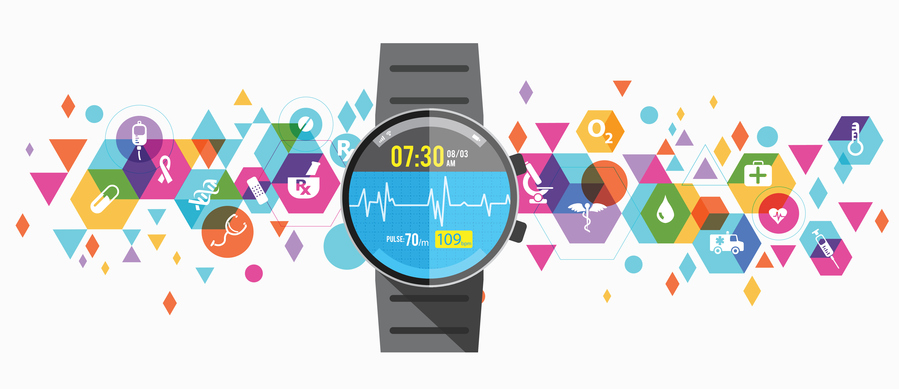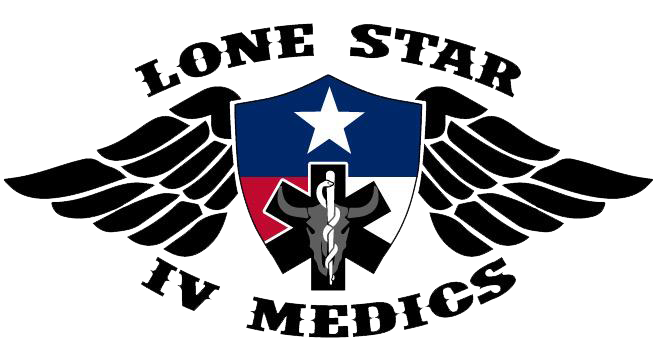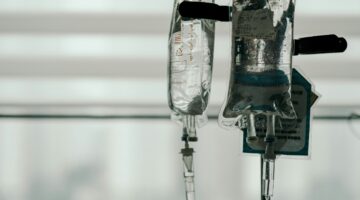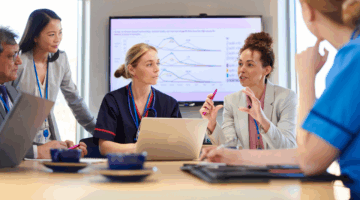
After testing Fitbits for their effectiveness in tracking flu outbreaks, researchers with the Scripps Research Translational Institute are seeing if they can be used to track Covid-19. A new research program launched on Wednesday would allow users with a Fitbit, Apple Watch, and other wearable devices to share data to be able to quickly detect the emergence of fast-spreading viral illnesses.
People who opt in to the DETECT study will have the option to share data on their heart rates, sleep and activity levels, which would be used to detect outbreaks of viral illnesses. According to Scripps, heart rate tends to rise when the body is fighting an infection, making it a useful metric, as well as sleep above a certain threshold.
“Gathering that data provides useful surveillance information to complement what’s already being done by the CDC,” said Jennifer Radin, an epidemiologist at Scripps Translational Research Institute and the study’s lead investigator. “It provides an earlier warning signal than traditional surveillance, which is often delayed by a few weeks.”
Participants can also share information on respiratory symptoms, treatments they’ve taken, electronic health record data and results from a flu, strep or Covid-19 test. At this point, the model can’t distinguish between flu and Covid-19, but Radin hopes the information will be useful in helping public health officials detect outbreaks faster.
“Right now, it will be more useful in predicting viral illness outbreaks in a population,” Radin said. “Even for healthcare providers, it’s really hard to tell what someone has (flu or Covid-19) just based on their symptoms. But there might be some subtle differences. Say there are some unusual symptoms, like loss of smell or taste, that are specific to Covid-19. We might find some models that can predict your chances of having one over the other. That will be down the road.”
The data will be de-identified, and users have the option to choose which data points they want to share. They can also opt out at any time. Scripps is working with health technology company CareEvolution to develop the app-based study.
The research is based on a previous retrospective study that Scripps published in January. By analyzing de-identified data from about 47,000 devices, researchers found they could improve the predictions of influenza-like illnesses at the state level compared to data from the Centers for Disease Control and Prevention.
Normally, flu surveying involves tracking the number of patients reporting flu-like symptoms and flu-associated hospitalizations, falling a few weeks behind the actual outbreak. With Covid-19, testing has also lagged, making it more difficult to track the spread of the disease.
Radin said she had already planned to follow up on the original research with a prospective study, but when Covid-19 emerged, “it inspired us to get this up and rolling much quicker because of potential application for this pandemic.”
There are some limitations. Most notably, the effectiveness in monitoring for outbreaks depends on how many people are participating, even on a regional basis. A user’s heart rate could also change for reasons not related to illness, such as stress, and wrist-based wearables also have some limitations in their accuracy with sleep tracking.
Radin said she hoped to be able to piece out some of those factors using the additional self-reported data.
“If a whole population is experiencing these changes, it’s more likely to be because of a potential outbreak,” she said. “It’s so important to have someone on the ground to investigate if what we’re seeing is corresponding to an actual outbreak.”
Photo credit: exdez, Getty Images










